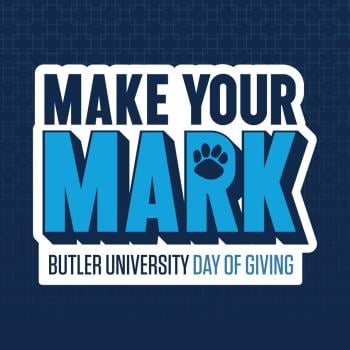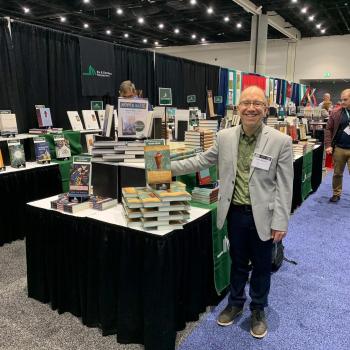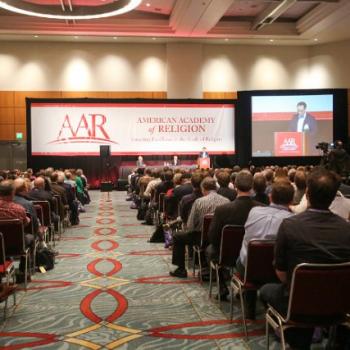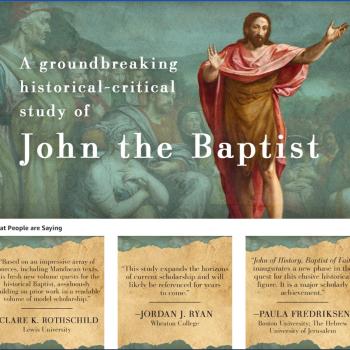The joint session with the SBL Digital Humanities program unit was in many ways the highlight of this year’s activities by Traditions of Eastern Late Antiquity. The presentations covered a range of projects with outputs as diverse as 3D printed replicas of cuneiform cones and cylinders, to photography, transcription, and collation of manuscripts from Ethiopia.
Bradley Erickson’s presentation on digital cuneiform could be summed up under the heading of “Digital Clay.” The project he described began with an encounter with a collection at UNC known as the “Curiosities Cabinet.” It was a largely ignored selection of cuneiform inscriptions, dating from the 25th through 6th centuries BCE. They were stored in a locked vault that, at the time Erickson began his project, had only been accessed a few times since they were acquired. A challenge for transcribing and studying cuneiform tablets is the 3-dimensionality of the artifacts that it is simply impossible to do justice to using 2D print. 3D digital technology, on the other hand, gives both researchers and students unprecedented access to material culture. Those present learned about photogrammetry and the use of gypsum printers. While 3D models are a major improvement, it is nonetheless important to remember that they are not reproductions but interpretations of the physical objects in question. Erickson shared challenges and successes encountered in the process of photographing the tablets, and also his use of replicas in the classroom. Students often assume cuneiform inscriptions are very large, and were surprised when he passed them around in class. Although the sample he brought to show and pass around was not easily readable, it will be when painted. Erickson also shared his concerns about the use of this technology for forgery creation, and indicated that his scan data is currently not downloadable because of precisely this concern. He also noted that there is no current standard platform for scholarly sharing of 3D printing templates and scans of artifacts.
The presentation by myself and Charles Häberl on the Mandaean Book of John as Digital Humanities project provided an opportunity to look back on the ways that technology allowed us to surpass prior scholarly efforts at engagement with this text, both in terms of the textual base and linguistic efforts to decipher obscurities within the text. The Mandaean Book of John, for those who may not be familiar with it, is roughly 1/3 the size of the Qur’an, or 1/7 the size of the New Testament. For reasons that are not obvious, there have been more copyists involved in the chain of transmission of the Book of John than of the Great Treasure (Ginza Rba), the latter being the most central text in Mandaeism. The work in its present form has one internal date, which Haberl has worked out to be Tuesday, 7 June 680 CE. This detail itself benefited from technology, as it was surprisingly straightforward to create a script that will convert Mandaean calendar dates to our own system. The creation of the date converter involved a partnership with the data science department at Rutgers – with the right expertise, this is not that difficult to do even in Excel. The project’s digital engagement with the language allowed Häberl to work on Mandaic linguistics in ways that are not currently possible through graduate teaching, since courses at Rutgers require a minimum enrollment of 15 students, and finding that many who wish to study Mandaic is unlikely to ever happen. And so Häberl found he benefited from the effort instead to create an automated parser that could mine linguistic data from the text. They say that you learn something well only when you teach it, and teaching software to analyze the language can function in this way just as human students can. This effort also led us to ask questions of the text that we would not have thought of otherwise. Digital Humanities approaches do not only provide new ways to answer questions that researchers come up with beforehand. The very analytic possibilities provided by digital engagement leads to new insights and new lines of questioning. Häberl also talked about using the SIL Field Work software, which is usually used to document living languages. Häberl also talked about the creation of the font by Ardwan Alsabti. Fonts had been created previously, but Mandaeans had consistently found them to be ugly and inadequate representations of their script, which had previously only been written by hand. The process of creating a typed version of a script is something that lies so far back in our history that what is involved in identifying the “Platonic ideal” of handwritten forms of letters can prove surprising. This was a joint paper, and so I added some thoughts about blogging, digital dissemination of drafts ad well as the end product, open access, and the use of digital tools to preserve cultural heritage.
James Walters presented on the Digital Syriac Corpus, explaining how they started with searchable Word documents and soon recognized the inadequacies thereof. Walters talked about other projects such as Syriaca.org and how his own project differs from those. The entire site is open access, and the project invites help with editing the corpus of texts. While one can go there simply to read, there is a “Corrections” button for when a reader spots a typo, making it as easy as possible for people to help improve what the site offers. The site allows one to toggle between different Syriac fonts, and once can still search in Syriac even if they do not have relevant font installed. Proximity and other searches allow for research on the contents of texts, even though the texts are not morphologically tagged at present.
Stephen Delamarter spoke about three projects: The Ethiopic Manuscript Imaging Project, The Textual History of the Ethiopic Old Testament, and The Social Lives of Ethiopian Psalters. Funding from a grant allowed more than 5,000 items to be photographed and digitized, some in Ethiopia, others in the United States. Delamarter spoke about the use of what is referred to as the “catch and release” method. They “rented” manuscripts just long enough to digitize them, then returned them to their owners. Electronically searchable metadata is much harder to produce than the digital images themselves. As yet, there are very few critical editions of the books of the Christian Old Testament in Ethiopic. The presentation itself used technology effectively, utilizing the site screencast-o-matic.com to show the project’s interaction with documents and software platforms in short videoclips rather than merely as static images. This was particularly helpful when Delamarter talked about generating dendrograms to clarify textual relationships. In this project too, data visualization was crucial not just to convey conclusions drawn at the end of the project, but to crystallize understanding along the way. The projects also drew attention to and studied paratextual features such as quire numbers. Aspects of the text that have often been invisible to those reading critical editions are fascinating and deserve study in their own right – for instance, the fact that the name Mary was consistently written in red ink in Ethiopic manuscripts of the Bible, whereas it is only in the 17th century in the northern part of Ethiopia that the word God also starts to be written in red ink.
For some reason that is still unclear, Jennifer Hart did not attend the session and present her paper. I was particularly disappointed by this, as I think the research area she was scheduled to present about – the role of technology in creating virtual communities for minority groups scattered from their historic homelands, such as is the case with the Mandaeans, is an extremely important and interesting one.













